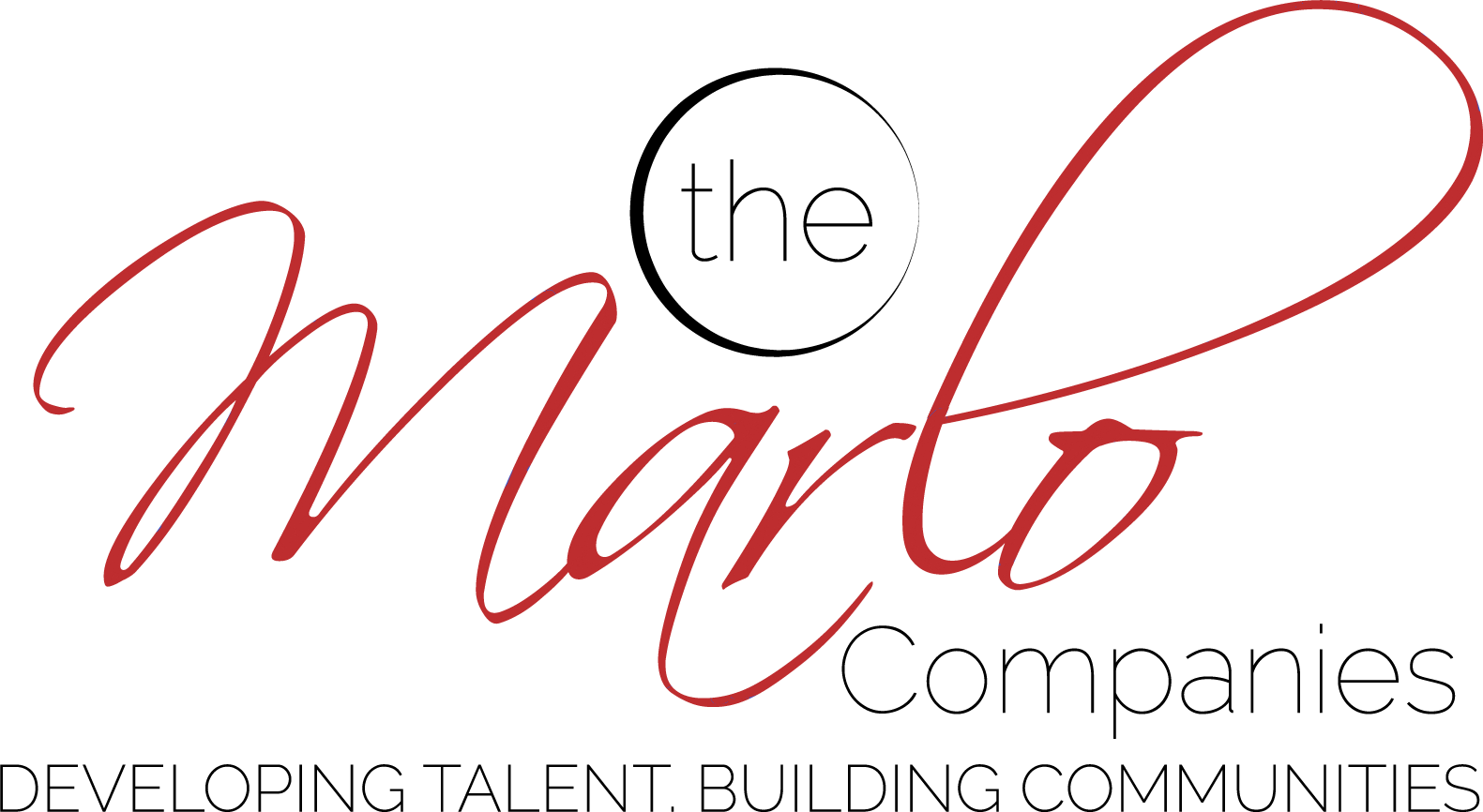
Effective communication is crucial for businesses. In fact, businesses rely on communication to facilitate growth, innovation and to foster a seamless collaboration between all departments and teams.
But first – what exactly is workplace communication?
According to the dictionary, workplace communication represents “the process of exchanging information and ideas, both verbally and non-verbally between one person or group and another person or group within an organization.” It involves meetings, emails, feedback, open dialogues, videoconferencing, text messages, notes, calls, etc. Simply put, workplace communication is the core that supports the smooth running of an organization. However, successful workplace communication needs an effective strategy.
What does an effective communication strategy mean?
An effective communication strategy produces fantastic results in terms of productivity and general success of an organization. It ensures everyone is on the same page and can discuss concerns or ask direct questions due to the open and comfortable environment. As such, effective communication ensures:
- Trust among employees
- Fewer misunderstandings
- Increased productivity and performance
- Effective information management
- Smooth workflow
- Better focus
- Improved relationships
- Enhanced collaboration
- Aligned goals
- Employee empowering
- Workplace satisfaction
Conversely, poor communication slows people down, creates barriers that hinder progress towards team cohesion, and negatively impacts employee engagement. Moreover, it can lead to interpersonal relationship breakdowns, lower morale, feelings of unease, and decreased development opportunities.
According to an SHRM study, ineffective communication costs large companies an average of $64.2 million per year, while smaller organizations risk losing up to $420,000 annually.
Data from Queens University of Charlotte shows that even though almost 75% of employees claim that collaboration and teamwork are essential, 38% of employees believe that collaboration in their organization is poor or completely missing.
It is imperative that managers communicate effectively with their team to reduce misunderstandings that often lead to decreased trust and workplace dissatisfaction. By setting effective communication as a core competency, employers demonstrate importance and value.
A step further, employers should develop effective communication strategies to help their employees thrive which, in turn, helps their business to thrive. This will also encourage productivity, connection, and collaboration between employees.
With this in mind, we’ve selected a list of communication strategies that will help you excel in communication.

Effective Communication Strategies That Work
Make Use of Technology
Technology can be your ally when it comes to workplace communication. It offers a vast array of applications and tools that make it easier for your employees to share resources, knowledge, ideas and remain in charge of tasks and projects.
Technology offers your employees opportunities to establish unbreakable bonds and create an open communication environment. Some examples of how technology can support effective communication are:
- Group Chats
- Instant messaging
- Emails
- Videoconferencing
- Online Presentations
- Webinars
- Q&A sessions
However, don’t always rely on digital. Encourage one-to-one communication as well.
Organize Productive Meetings
According to a Harvard Business Review study, 71% of senior managers claim that meetings are unproductive and inefficient. Considering the fact that meetings are designed to align goals and enhance productivity, that is not a very promising statistic.
Ideally, meetings should eliminate any confusion that may appear related to an existing or upcoming project. Moreover, they help employees understand their tasks, further instructions, and help foster a collaborative and communicative environment.
To help you achieve a productive outcome from meetings, we’ve selected some key points to consider when organizing them:
- Keep your meetings short and to the point
- Invite relevant team members
- Design a detailed agenda and send it to attendees
- Communicate the problems, challenges, goals, and tasks
- Assign someone to facilitate the meeting
- Ensure everyone is aware of the next steps and follow-up accordingly
Give Clear Instructions
Statistics report that 57% of employees claim they don’t receive clear directions. And after receiving a task, they have no idea what to do next. This obvious pitfall of poor communication is likely to cause misunderstandings and other negative outcomes that impact the team and organization.
Leadership expert and writer Brene Brown shared great communication advice for teams. In her book, Dare to Lead, Brene advised managers to communicate in a way that leaves no room for interpretation. Meaning, to get very specific about tasks and projects so that everyone understands what they should do, how it should be completed, and how the task fits into the company or project goals.
Implementing a similar communication strategy with your team can provide increased performance and positively impact the team’s workflow and productivity.
Connect Across Departments
Connecting all departments to work for the greater good of the company is vital and reduces silos. It also supports inclusivity in that all members of the organization have a shared understanding of the vision of leadership, the organization’s path forward, and how their specific role fits into those roles.
We like to think of each department or team as a vital component of the engine (the organization). When the components (the teams) are aligned and well-connected, the engine (the organization) will run at its maximum capacity. Conversely, the engine is likely to experience delays or even worse — shut down completely.
Provide Feedback Opportunities
Constructive feedback is an important aspect of growth and healthy communication. Therefore, it is critical to provide your employees with opportunities to share feedback on multiple domains: increasing employee satisfaction, culture, leadership, benefits, policies, and more.
Providing multiple means for staff to share feedback is also important, perhaps via email, feedback forms, face-to-face, and anonymously. By doing so, you will encourage openness and trust in the workplace which will significantly influence productivity and performance.
Promote Open Communication
By promoting open communication, you create an atmosphere where staff feel encouraged to speak up and take responsibility for unsuccessful actions, suggest new ideas, and be transparent about what’s working and what’s not. All of which makes a growth-oriented, effective, and productive workplace.
Simply start from the top. Meaning, management should promote open communication in their actions. They should be at the forefront of open communication. Here are some ways they can do this:
- Encourage employees to speak up
- Reinforce the fact that there is no “wrong” or “correct” idea or answer
- Promote constructive feedback
- Model accepting suggestions and feedback
Bottom Line
There are numerous ways to communicate effectively with your employees. Keep in mind, however, that you’ll discover the best strategy only by experimenting and learning continuously from trial and error.
But most importantly, remember, effective communication strengthens the bond between managers and team members, increases company knowledge, and optimizes business processes.
Are you ready to improve your communication strategy?
Contact us now, and we’ll help you foster positive workplace communication where managers convey their message efficiently so that their employees know what is expected of them, understand what they’re doing correctly, and identify where they might improve.

